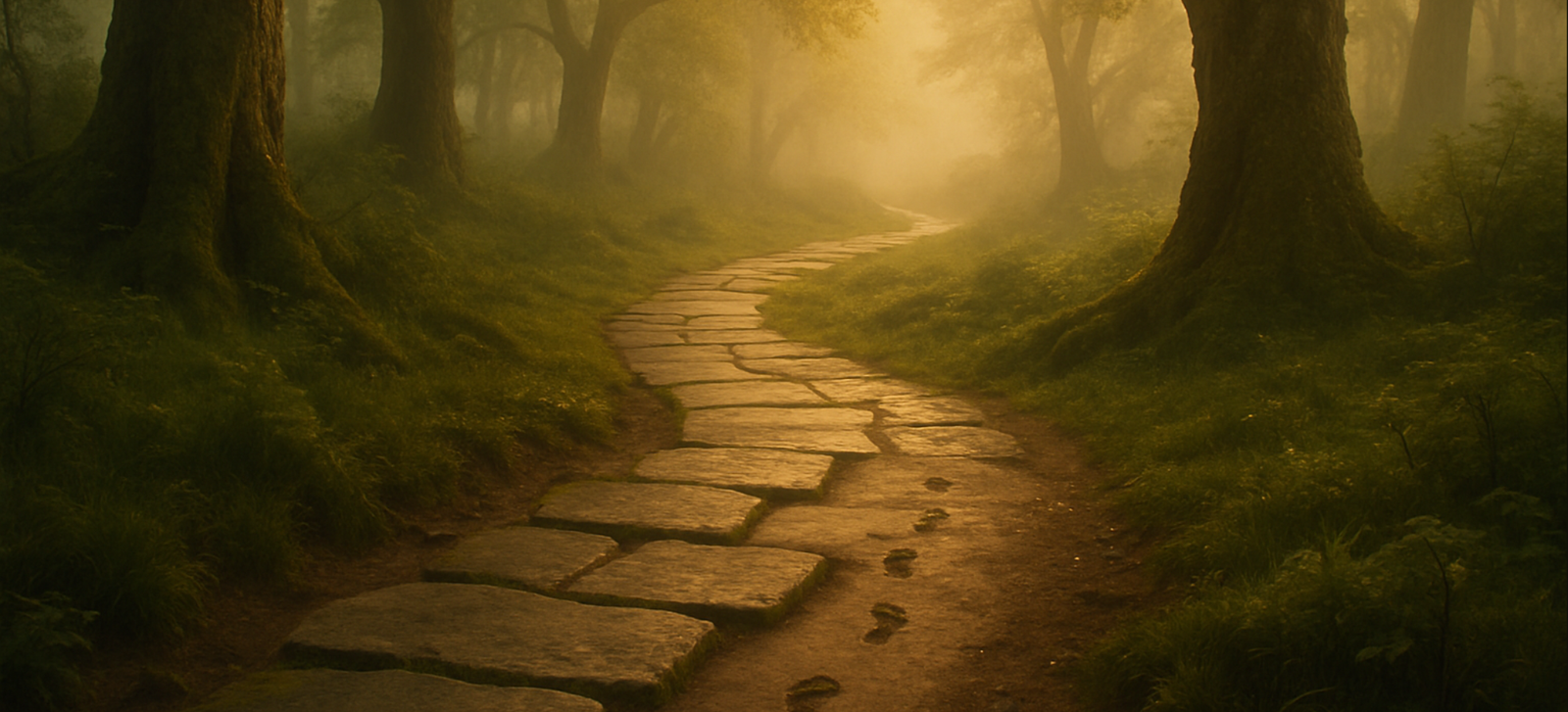Stop rushing your healing journey. A brutally honest take on why we fail at recovery – it’s not about fixing the wound, it’s about honoring the timeline your soul needs.
THE ARTICLE:
I was doing pushups in my bedroom yesterday when it hit me.
Not the usual “why am I torturing myself at 6 AM” thought. Something deeper.
I’d been stuck on rep 47 for weeks. Same number. Same struggle. Same moment where my arms would give up and I’d collapse, frustrated, wondering if I was broken.
Then I remembered something my old gym trainer told me when I was sixteen, struggling with spina bifida and convinced I’d never be strong: “Beta, your body isn’t Amazon Prime. No same-day delivery for strength.”
That’s when it clicked. We’re all trying to Amazon Prime our healing.
The Microwave Mentality
We live in a world that promises everything instantly. Six-week therapy programs. “Heal your childhood trauma in 30 days!” Three-step formulas to fix decades of damage.
But here’s the thing nobody tells you: healing isn’t a software update.
It’s not even linear.
Some days you’ll feel like you’ve cracked the code of your existence. You’ll meditate, journal, and feel so enlightened you could start your own ashram.
The next day? You’ll ugly-cry at a random song on the radio because it reminds you of your father’s disappointment from 1997.
This isn’t failure. This is the timeline.
We’ve been conditioned to believe that if we’re not making visible progress every week, we’re doing something wrong. That healing should follow the same trajectory as a fitness program or a online course.
But trauma doesn’t work like that. Neither does the human heart.
The Dog’s Meditation
There’s this street dog near my building who sits in the same spot every morning. Rain or shine. Sometimes he looks peaceful, sometimes agitated. But he shows up.
Yesterday, I watched him get chased by a vendor, limp back to his spot, and just… sit. No drama. No self-help books about “bouncing back.” Just presence with whatever came up.
Dogs don’t have healing timelines. They have healing presence.
Maybe that’s what we’re missing.
We’re so busy trying to graduate from our pain that we forget to actually be with it. We want to skip the sitting part and go straight to the transformation part.
But what if the sitting is the transformation?
The Comparison Trap
Here’s where it gets messy. We compare our healing timeline to everyone else’s highlight reel.
Your friend Sarah went to therapy for six months and now she’s posting inspirational quotes about self-love. Meanwhile, you’re three years into your journey and still having panic attacks at family dinners.
Must be nice to be Sarah, right?
Wrong.
Sarah’s trauma response was freeze. Yours might be fight. Sarah’s childhood wound was abandonment. Yours might be engulfment. Sarah’s nervous system might reset in months. Yours might need years.
This isn’t a competition. It’s not even the same sport.
Why We Fail (And It’s Not What You Think)
Most people fail at healing because they’re trying to graduate from their pain instead of learning to dance with it.
We want to “get over” our childhood wounds like they’re bad breakups. We want to “move past” our trauma like it’s a traffic jam on the highway of life.
But what if healing isn’t about getting over anything?
What if it’s about getting through?
The difference is massive. Getting over implies leaving something behind. Getting through implies integrating it into who you become.
When I was learning to walk properly after my spinal surgery, I had two choices: pretend my body was “normal” and keep falling, or learn to work with my limitations to find my own version of strength.
Healing is the same. You don’t overcome your past. You integrate it into your present in a way that serves your future.
The Slow-Cook Method
Real healing happens in the spaces between breakthroughs. In the Tuesday afternoons when nothing dramatic happens but you notice you didn’t flinch when someone raised their voice. In the random moments when you realize you haven’t thought about that person who broke your heart in… weeks.
It’s not Instagram-worthy. It’s not even blog-worthy most of the time.
It’s just… life slowly reorganizing itself around your new capacity to be human.
Like that gym I used to go to in college. The walls were cracked, the equipment was old, and there were more mosquitoes than mirrors. But every day, people showed up. Not for the glamour, but for the slow, unglamorous work of getting stronger.
One rep at a time. One day at a time. One breath at a time.
The Permission You’ve Been Waiting For
Here’s what I wish someone had told me when I started this journey:
You don’t have to be healed by Thursday.
You don’t have to have figured it out by your next birthday.
You don’t have to perform recovery for anyone—not your therapist, not your family, not the voice in your head that sounds suspiciously like your mother.
Healing has its own timeline. Your only job is to show up for it.
Like that street dog. Like those pushups I’ll probably still be stuck on next week.
Like life itself—messy, non-linear, and absolutely worth the wait.
Some wounds take seasons to heal. Some take years. Some become part of your story in ways you never expected.
And that’s not failure. That’s just being human.
The Real Timeline
The truth is, healing doesn’t end. It evolves.
You don’t wake up one day completely healed, dust off your hands, and move on to the next item on your life’s to-do list.
You wake up one day and realize you’re dancing with your demons instead of fighting them. You notice you’re choosing love over fear more often than not. You catch yourself responding instead of reacting.
That’s the real timeline. Not the dramatic before-and-after transformation, but the quiet, daily choice to stay present with whatever shows up.
Take your time. Your soul isn’t going anywhere.
If this resonated, there’s more where it came from.
Subscribe below for weekly doses of spiritual realism, fitness philosophy, and life lessons learned the hard way.
No BS. Just truth, served with a side of sarcasm and a whole lot of heart.
Your Tuesday morning coffee just got more interesting.


Leave a Reply